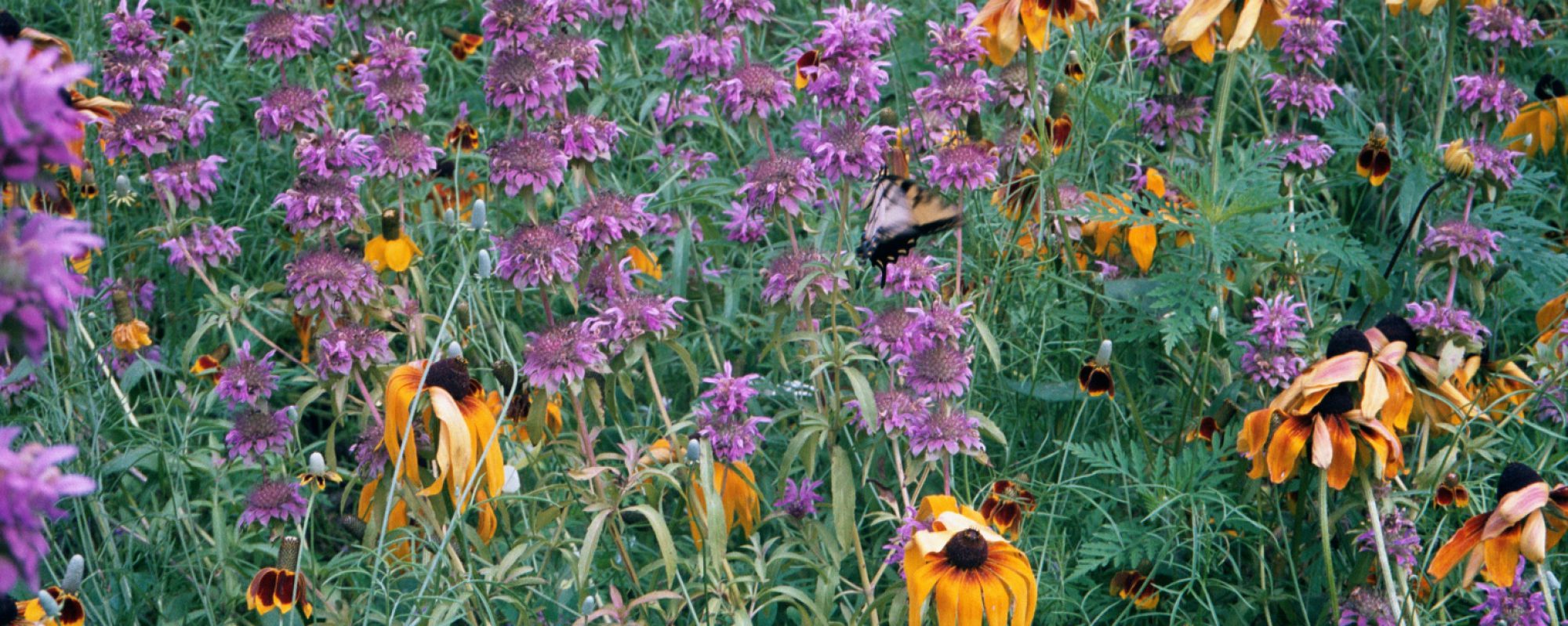![Dead spots on lawn]](https://yardmd.files.wordpress.com/2018/05/dead-spots-on-lawn.jpg?w=685)
Though the Midwest is fortunate to have abundant access to water, particularly compared to other parts of the country, we are still subject to weather extremes. Recent weather patterns hint at a future climate including a lot of rain, but only during certain times of the year, coupled by longer periods of drought during the other parts of the year.
Many of the plants that are common in yards, particularly species of grass used as turf, are not native to this area, and therefore did not evolve to live and thrive in climates such as the ones found here. The result of this mismatch is a yard or landscaping that required serious intervention from the homeowner to allow them to survive. An example many people are familiar with is the need to water lawns during intense heat or droughts, such as with sprinkler systems or with garden hoses. Conversely, people are having to develop strategy for dealing with excess water during high intensity storm events during other parts of the year. Certainly without these interventions, and in some cases despite utilizing them, people struggle with dead or dying yards and landscaping features.
Depending on the extreme you and your yard are trying to cope with, there are various strategies that can be utilized. For all-around hardiness, planting species of plants that are native to your area will ensure the best chance of needing no to little interventions on your part during extreme weather. These plants are evolved and built to deal with the climate of our area, and are better equipped than nonnative plants that were built to handle different conditions. Native plants have a higher chance of succeeding in both high-water and low-water weather extremes if they are planted in the proper conditions of your yard. For more information on native plants, visit the native landscaping page.
When there are times of excessive water, stormwater capture and reuse strategies can help minimize the amount of water that enters your yard, or redirect it. A strategy that combines both native landscaping and stormwater capture and reuse are rain gardens, which allow native plants that are water tolerant to help absorb water that you’ve redirected to that part of your yard. This allows water to collect in a pre-designated area, as opposed to the entire yard, and will be reabsorbed into the yard and groundwater.
- Links to pertinent pages on this website
